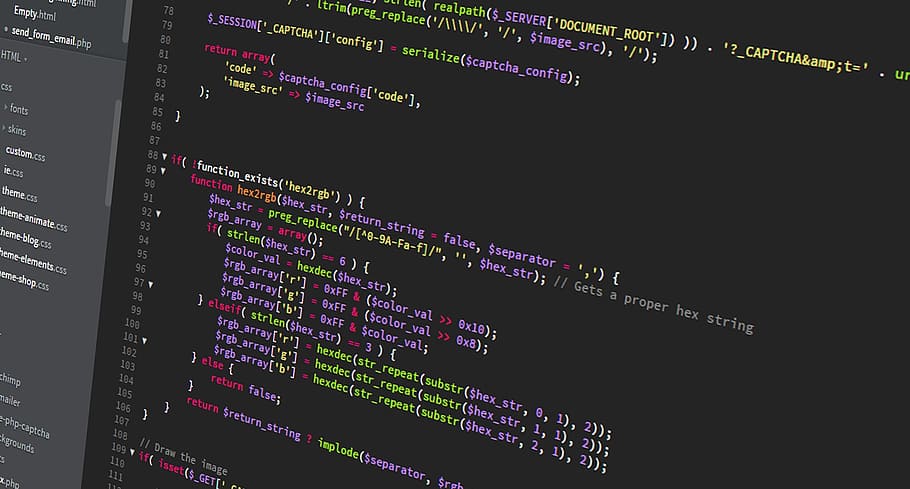Python Alternatives to switch statement from other languages
Python Alternatives to switch statement from other languages is useful in many cases, especially during programming complex items. Learn more here. Python Alternatives: Use what the language o ers: the if/else construct Well, if you want a switch/case construct, the most straightforward way to go is to use the good old if/else construct: def switch(value):if … Read more











